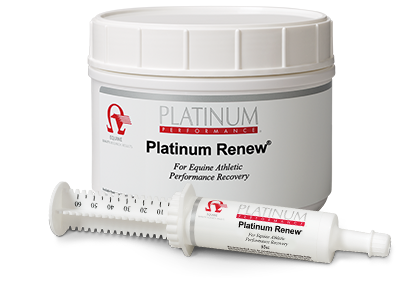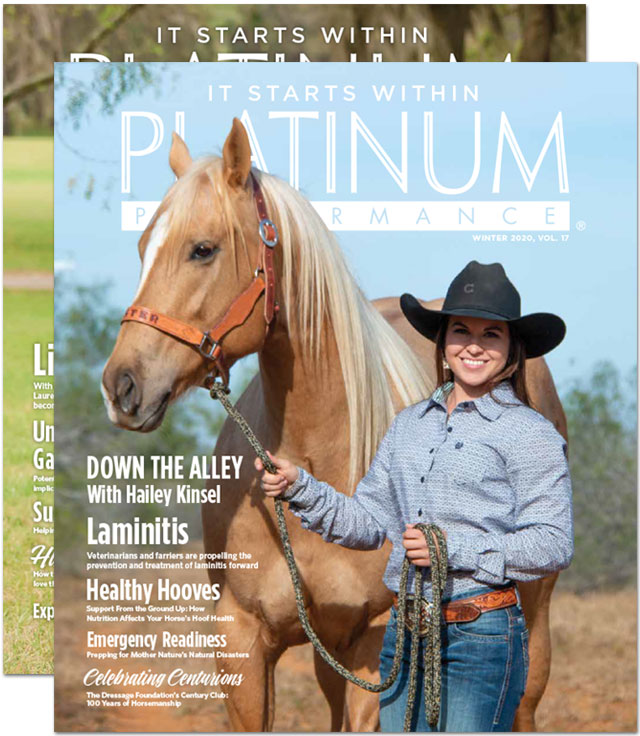Supporting the Equine Athlete After Performance
Competition can be a stressful event for an equine athlete, and a successful recovery is linked to a variety of factors, including key nutrients in the diet, such as carnitine, leucine, antioxidants and electrolytes. Supplementation of the horse’s diet with these nutrients may support recovery following exercise and can be used to optimize the diet.
Lactate is continuously being produced in most mammals, but at a resting or low- to moderate-intensity exercise state, lactate is used at near equal rates as production so build-up of lactate within cells does not occur. As reliance on anaerobic metabolism increases with higher intensity exercise, lactate production far exceeds its removal. Lactate accumulation at a given work intensity and the ability to tolerate elevated lactate levels, as noted by clinical signs of muscle discomfort or fatigue, are common markers of the endurance capacity of an athlete used by exercise physiologists.
Carnitine
Fat serves as an important dietary substrate for equine athletes. L-carnitine functions in several metabolic reactions and is essential in the transport of fatty acids from the cytosol into the mitochondrial matrix where energy is derived. Fats in the mitochondria provide energy through the process of β-oxidation and the tricarboxylic acid (TCA) cycle. In addition to shuttling fat into the mitochondria for use as an energy substrate, carnitine regulates the rate of β-oxidation of the fats through the activity of the enzyme carnitine palmitoyl transferase I. Carnitine supplementation has been associated with an increase in the maximal oxidative capacity of individuals (VO2max)and β-oxidation in humans and other animals (as noted by low respiratory exchange ratio). Carnitine also buffers acetyl-CoA, which allows for continued ATP generation through glycolysis and the TCA cycle. In order to maintain the TCA to continue to produce energy in the cell, lactate produced in the muscle during contraction needs to be reduced. Rats receiving carnitine supplementation have significantly lower muscle lactate following exhaustive exercise when compared to controls. In humans, carnitine supplementation has been associated with lower exercise plasma lactate levels and improved performance. Lactate levels may also be reduced following anaerobic exercise when carnitine is included as a supplement.
Carnitine also plays an important role in exercise recovery because it is associated with a decrease in post-exercise muscle soreness and reduced serum creatine kinase values. Magnetic resonance imaging shows carnitine supplementation results in significantly less muscle damage in humans up to six days following squatting exercises. One likely mechanism for the recovery benefits of carnitine is through increased capillary vasodilation and blood flow noted in the vascular system. Improved blood flow mitigates exercise-induced muscle hypoxia and subsequent formation of biochemical markers of hypoxic stress and tissue injury. Carnitine supplementation increases the number of androgen receptors and the amount of testosterone bound to the receptor. The support of energy production and modulation of lactate buildup as well as its ability to protect muscle from injury, make carnitine a pivotal dietary supplement ingredient for the equine athlete.
Leucine
Leucine is an essential nutrient and branched-chain amino acid that supports the athlete in multiple ways. Like all the branched-chain amino acids, leucine can serve as an oxidative fuel for exercising muscle. Leucine has also been shown to increase mitochondrial density in skeletal muscle cells,which further enhances the oxidative capacity of muscle. Finally, leucine is a potent stimulator of muscle protein synthesis. As a recovery compound, leucine not only supports muscle tissue formation, but it may also attenuate muscle soreness following hard exercise. Leucine supplementation in equine athletes may be particularly important since endurance exercise lowers plasma leucine values.
Antioxidants
Exercise results in the production of a high concentration of reactive oxygen species, which damage muscle cells in an athlete. Dietary antioxidant supplementation is an especially important tool that can be used to help optimize the performance of an equine athlete. Research has shown that natural vitamin E supplementation mitigates exercise-induced elevations in oxidized lipids and increases another measure of cellular antioxidant function, the trolox equivalent antioxidant capacity, among race horses. Vitamin E has been shown to be effective at moderating exercise-induced oxidative stress in humans and other species. The water-soluble antioxidant vitamin C has been shown be a good complement to vitamin E in combating exercise-related oxidative stress. Alpha-lipoic acid supplementation has been shown to reduce exercise-induced elevations in blood lactate levels with no concomitant increase in heart rate among horses, suggesting a more efficient lactate buffering system. In addition, alpha-lipoic acid acts as a direct scavenger of free radicals. Lightly exercised horses (allowed voluntary pasture exercise) supplemented orally with 10 mg alpha-lipoic acid/kg BW/day for up to 14 days showed progressive reductions in lipid peroxides. When compared to the non-supplemented control group, lipid peroxides were significantly lower at days 7 and 14 of alpha-lipoic acid supplementation. Additionally, supplemented horses showed increases in muscle glutathione as well as increased activity in thioredoxin reductase and glutathione reductase enzymes in muscle, all of which support the horse’s endogenous antioxidant systems.
Electrolytes
Electrolytes are substances that form ions in a watery solution. Electrolytes conduct electricity and play a vital role in muscle and nerve function as well as fluid and acid-base balance. Important electrolytes in the ration of equine athletes include sodium, potassium, chloride, calcium and magnesium. Horses working at moderate and high intensities can develop losses in total body water and in electrolytes. The ambient environment also influences water and electrolyte losses since high temperatures and elevated humidity increase sweat rates both during work and stressful conditions. Electrolyte supplementation has proven effective in minimizing body weight loss of horses during a simulated 60 km endurance ride and in improving recovery of initial body weight within 48 hours of the simulated ride. Electrolyte supplementation may improve the horse’s time to exhaustion during submaximal exercise.
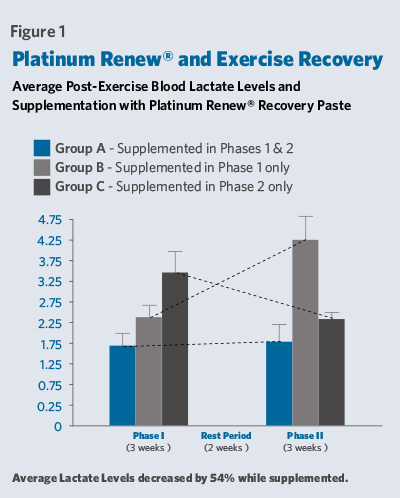
Feeding Trial
Recently, a group of horses competing in a hunter/jumper circuit for eight weeks participated in a supplementation trial using an exercise recovery paste containing carnitine, leucine, antioxidants and electrolytes*. Three groups were established: Groups A, B, and C. Supplementation phases lasted three weeks and followed a modified cross-over design with a two-week washout period. Throughout Phase I and Phase II, horses competed in one to three events. The two-week washout was also a rest period for all horses. Horses in Group A (n = 6) were supplemented during both periods, Phase I and Phase II. Group B horses (n = 6) were supplemented during Phase I and not supplemented during Phase II. The horses in Group C (n = 6) were not supplemented during Phase I but were supplemented during Phase II. Blood lactate was determined post-exercise; since each horse competed multiple times during each phase, an average was used.
Figure 1 shows differences in blood lactate during and between Phase I and Phase II. During Phase I, Groups A and B were supplemented and had significantly lower blood lactate than the unsupplemented Group C horses. Switching to Phase II, Group A remained supplemented and did not demonstrate any significant change in blood lactate from Phase I. Group B horses, unsupplemented during Phase II, showed a significant increase in blood lactate when compared to Phase I. Furthermore, Group B’s blood lactate was significantly higher than the supplemented Groups A and C blood lactate during Phase II. Group C’s Phase II blood lactate significantly decreased following supplementation compared to the blood lactate measured during Phase I. A 54% difference (calculated as A-B/((A+B))/2) was measured between the average lactate concentrations of all supplemented horses versus the non-supplemented period (data not shown).
Group A showed no significant change in blood lactate between phases; whereas the blood lactate in Group B significantly increased from Phase I to Phase II when horses changed from supplemented to non-supplemented phases. Group C’s blood lactate significantly decreased from Phase I to Phase II as the horses went from non-supplemented to supplemented phases.

by Tara Hembrooke, PhD, MS,
Platinum Performance®
You May Also Like
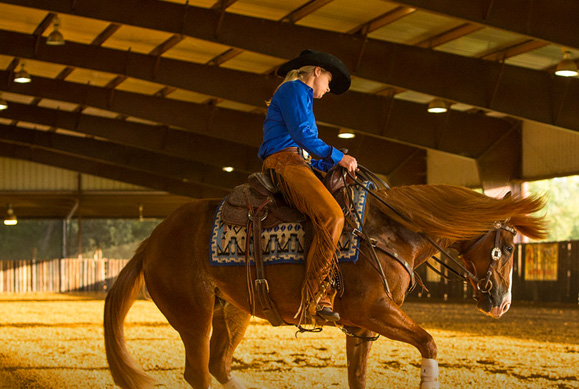
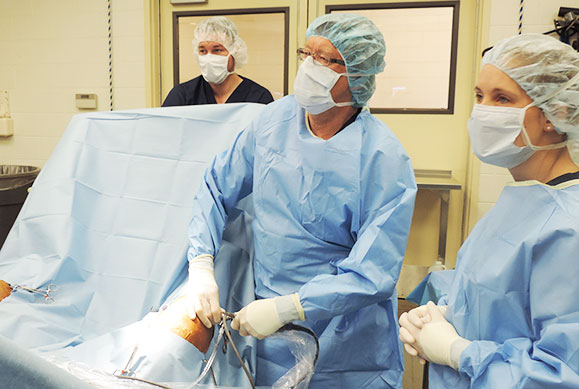
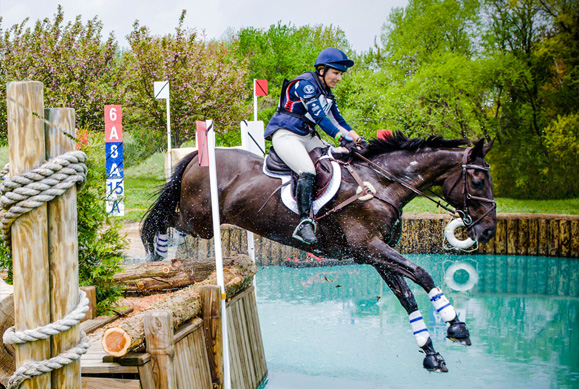
Aiding Joint Longevity
5 contributors to an unhealthy joint. Proactive care through proper diet and supplementation is key to joint longevity.
Read More
